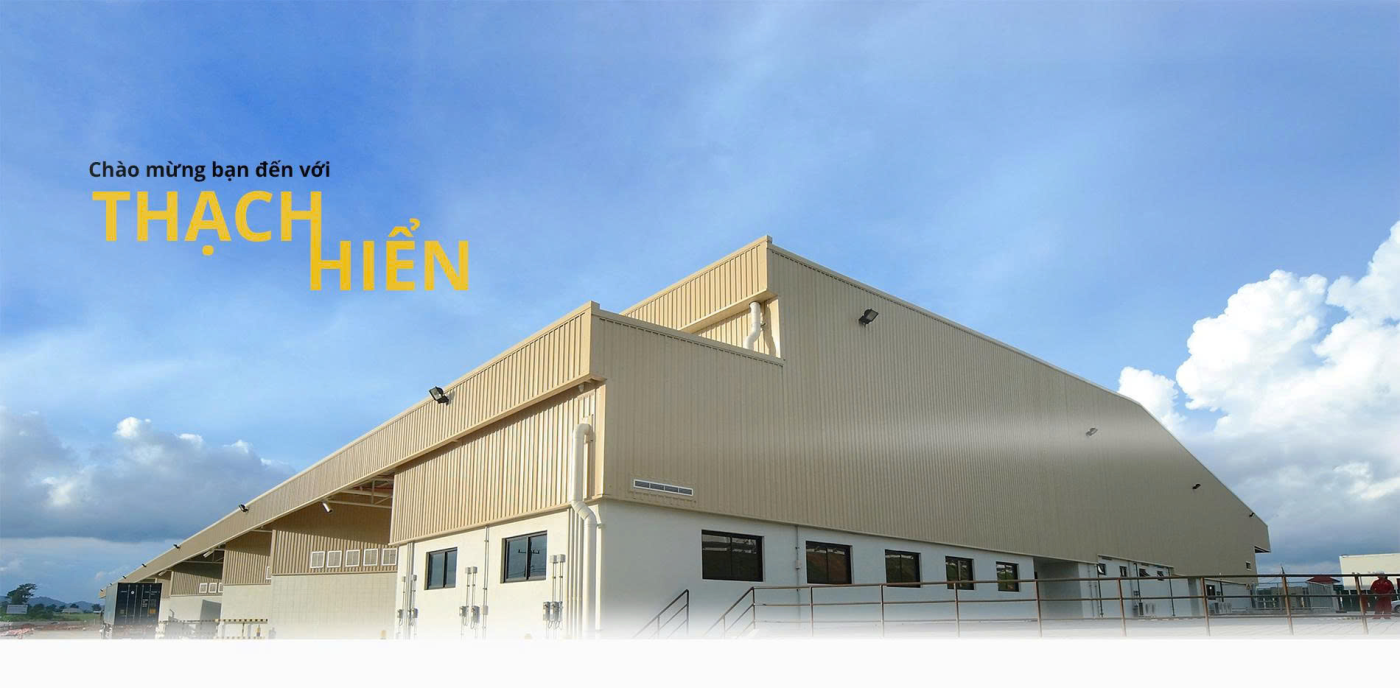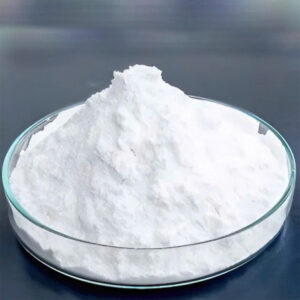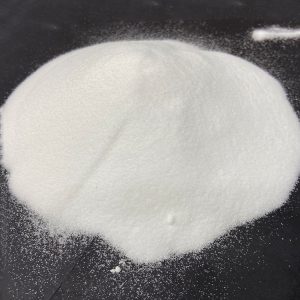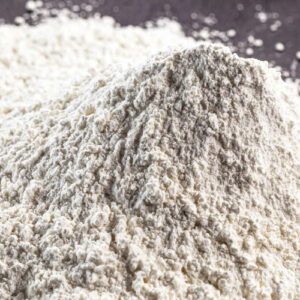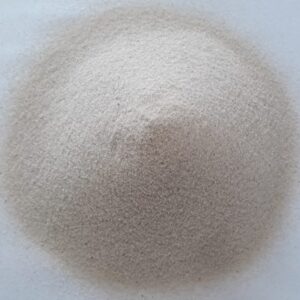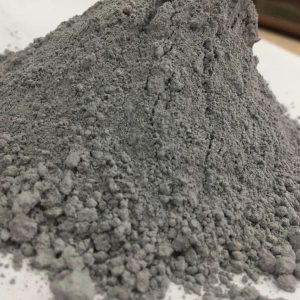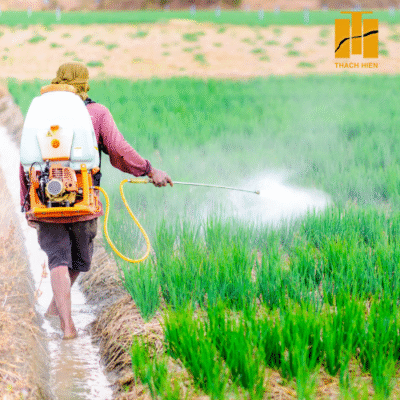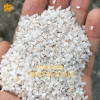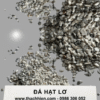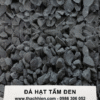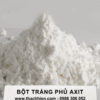News
BIOLOGICAL PESTICIDES – A SUSTAINABLE STEP FOR VIETNAMESE AGRICULTURE
Pesticides play an important role in agricultural production, helping to increase crop productivity and ensure food security. However, overuse of pesticides is a double-edged sword that leads to unpredictable consequences, especially for human health and the environment. At that time, biological pesticides (biopesticides) are considered an effective solution to gradually replace and reduce the use of chemical pesticides.
What are biological pesticides?
According to the definition of the US Environmental Protection Agency (EPA), biological pesticides include: naturally occurring compounds; microorganisms and organisms used for pest control; pesticides from plants and genetic materials that help plants produce these substances (Figure 1). Natural compounds used as active ingredients in pesticides can be biosynthesized from microorganisms and plants.
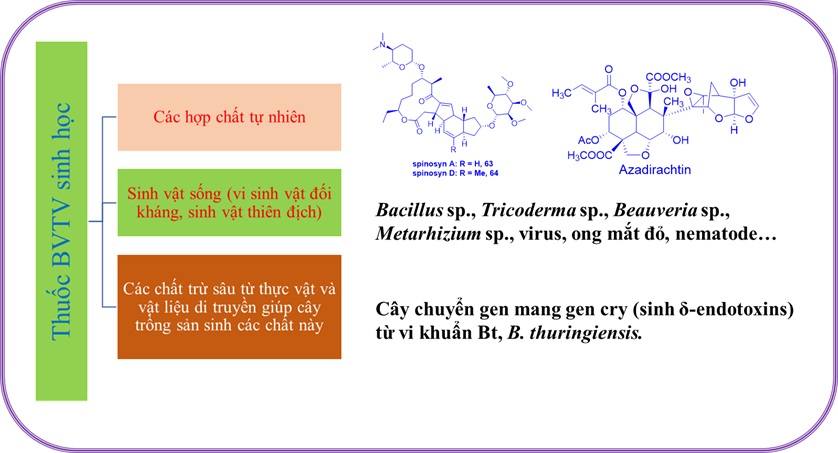
Figure 1. Classification and some examples of biological pesticides.
According to the EPA, some natural active ingredients used in traditional pesticides such as abamectin, which has a toxic effect on insects’ nerves, have been known and used for a long time, but are not registered as biological pesticides. Some active ingredients of natural origin such as nicotine, pyrethrum, and milbemectin, which have a toxic effect on the nerves, are registered as chemical pesticides. This is because biological pesticides prioritize active ingredients that are not neurotoxic or have very low toxicity.
Biological pesticides mainly consist of active ingredients of natural origin, plant extracts and biomass of microorganisms, microorganisms and antagonistic organisms. There are also plants that have been genetically modified to produce pesticides within their own tissues (for example, genetically modified corn that produces the toxin protein of Bacillus thuringiensis (Bt) to defend themselves against insect attack). When plants are genetically modified to produce pesticides in this process, they are regulated as pesticides by the EPA. In addition to the increased use of biopesticides, farmers are also using a variety of integrated pest management tools such as intercropping, cover crops, biological controls, and crop rotation, along with less hazardous pesticides.
Current status of research and use of biological pesticides in Vietnam
The world has been moving towards using fewer pesticides, a trend that reflects a combination of factors: bans or phase-outs of synthetic chemicals used in large quantities; development and application of more efficient, targeted technologies for pesticide use; and cultivation of genetically modified crops that are resistant to pests or require minimal use of chemicals for pest control.
Following the world trend, Vietnam’s agriculture aims to increase the number of registered biological pesticides by 30% by 2025, the number of biological pesticides used by 20%, and the number of enterprises innovating biological pesticide production technology by 15%. In Vietnam, from 2009 to 2019, the number of researches on the application of biological pesticides has increased significantly. Of these, about 58% are studies on antagonistic microorganisms (Bacillus substilis, Bacillus thuringiensis (Bt), Trichoderma sp.), 18% are studies on herbal and chitosan-based pesticides, and 15% apply new technology to create nanoforms for pesticides. Applying nanotechnology is a new research direction in pesticide development to help target active ingredients.
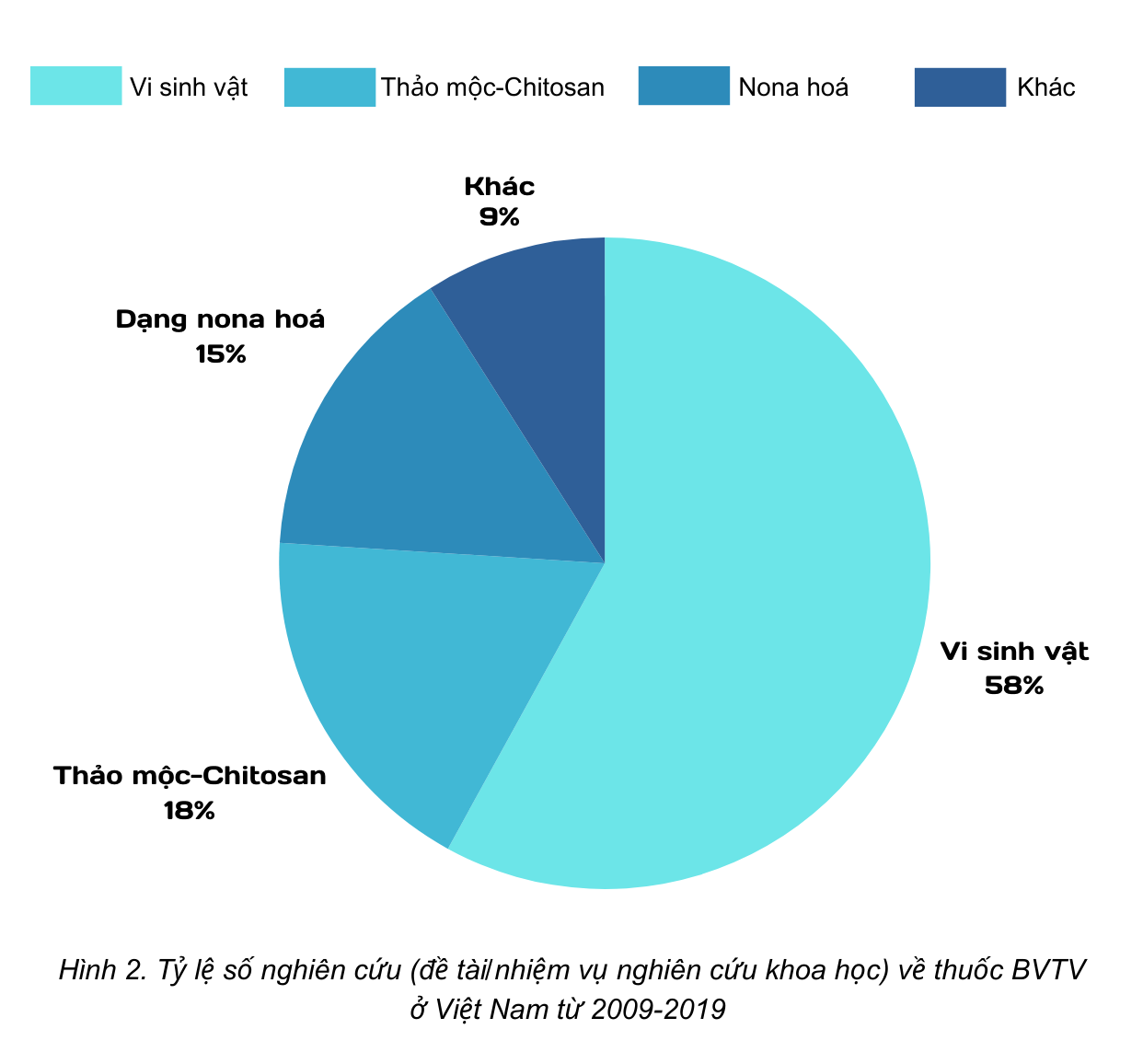
Biological pesticides of microbial origin widely used in Vietnam are mainly bacterial and fungal strains such as: Bt insecticidal bacteria (Bacillus thuringiensis); pathogenic bacteria (Bacillus subtilis); pathogenic fungi such as Trichoderma sp and Chetomium sp. Nano pesticide products in the list include nano silver combined with chitosan (Mifum, nano Kito).
In Vietnam, the Ministry of Agriculture and Rural Development annually publishes a list of pesticides allowed to be traded and used in Vietnam and a list of pesticides banned from use. In 2022, the list of pesticides allowed to be used in Vietnam (Circular No. 19/2022/TT-BNNPTNT of the Ministry of Agriculture and Rural Development dated December 2, 2022) includes 1,706 active ingredients with 4,302 trade names. Among them, there are many types of biological pesticides such as 21 pesticide products containing fungal active ingredients. Trichoderma sp. (T. harzianum, T. koningii, T. asperellum, T. atroviride, T. virens, T. sperellum), 11 products contain B. thuringiensis, 9 products contain B. subtilis, 2 products contain B. amyloliquefaciens… Microbial products can also be mentioned. Rhodopseudomonas palustri, Rhodovulum sulfidophilum. There are about 40 active natural compounds and extracts, of which the most prominent are 63 matrine products, 2 oxymatrine products, 39 azadirachtin spinosad products… Natural compounds with 1 product in the list include caffeine+nicotine sulfate, ginkgoic, tung fruit residue, cashew nut shell residue, wormwood residue, plant extract Lychnis viscaria, physcion, berberine, cinnamon essential oil, pimaric acid, anacardic acid, D-limonene (orange oil), botanic oil + potassium salt, cottonseed oil + clove oil + garlic oil, citrus oil. The product of nano silver combined with chitosan has 2 types: Nano-kito and Mifum.
The production and trading of the most plant protection products include herbal insecticides containing matrine with 63 products from domestic companies. Azadirachtin products with single active ingredient have 20 companies out of 39 products containing this active ingredient. Other biological insecticide active ingredients include spinosad in 18 products, rotenone in 12 products, 5 products containing Metarhizium anisopliae, 4 products containing Beauveria bassiana has been registered and traded by companies in Vietnam. In Circular No. 19/2022/TT-BNNPTNT of the Ministry of Agriculture and Rural Development, recently a number of new biological pesticide products have been included in the list, such as herbal pesticide products (except for soft rot, anthracnose, downy mildew and mildew) with the trade name Amtech 100EW produced by HP Agriculture Joint Stock Company, with the herbal active ingredient anacardic acid obtained from cashew nut shell oil of Vietnam. The product SH-Lifu (SH-BV1) contains herbs and microorganisms from Vietnamese raw materials of the Plant Protection Institute used to treat quick wilt, slow wilt, nematodes/ pepper…
Some key barriers
The traditional pesticide research process of creating new active ingredients in the form of chemical synthesis and derivatives of natural compounds requires many steps, long time and expensive research costs.
The traditional process flowchart for the discovery of a new active ingredient for use as a pesticide includes five main steps:
- Studies on the chemistry of the main active ingredient,
- Laboratory and greenhouse activity testing,
- esting the efficacy of drugs in the field,
- Register medicine
- Commercialization.
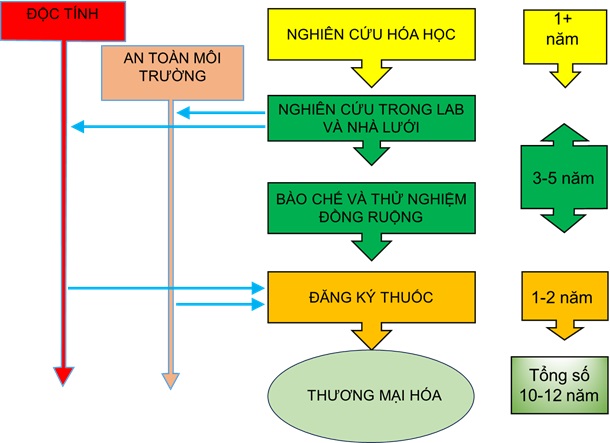
Figure 3. The research process to discover a new active ingredient for a chemically synthesized pesticide and derivatives of natural compounds from laboratory research to registration and commercialization.
In the screening process of chemical synthesis active ingredients, companies have to conduct up to 14,000 chemical reactions to obtain one active ingredient of a pesticide that can be commercialized. Since 2005, there have been more discoveries of chemical synthesis active ingredients, but the success rate of creating a product that can be commercialized is very low. According to 2012 estimates, the process from active ingredient research to product delivery to consumers typically takes 10-12 years and costs approximately $250 million for the entire process. Meanwhile, research to develop a biopesticide costs $7-25 million and takes approximately 3-7 years to successfully develop and bring to market. For example, companies that have successfully screened and commercialized new products containing Bacillus subtilis strain 713 (Serenade®) have screened 713 microorganisms and products containing Bacillus pumilus and screened 2,808 different microorganisms. The success rate of screening microorganisms with biocontrol activity from the initial screening sources for insecticidal activity is very low, from 0.06-0.72%, for herbicide activity is also only from 0.7-2.32%, and for fungicide activity is about 5%.
Due to difficulties in funding, technological conditions and human resources, research and development of synthetic chemical active ingredients from natural and genetically modified compounds has not attracted much investment in Vietnam. The technological solution to the problem of developing biological pesticides in the current situation in Vietnam is to focus on technologies for producing drugs from microorganisms, herbs and high-tech dosage forms such as nano/micro (with shorter time and lower cost). The success rate of research on drugs of microbial origin is also higher than that of research on drugs of chemical origin and natural compounds. In addition, applying advances in nano-formulation research to reduce the amount of chemicals used and help the active ingredient to target more effectively is also being considered.
Future trends
Research, development, production and use of biological pesticides at present are related to the strategy to achieve sustainable development, including 17 sustainable development goals (SDGs) set out by the United Nations 2030 Agenda. Sustainable agriculture is an area that is linked to all SDGs but is directly related to 8 of the 17 goals [8]. Sustainable agriculture based on biopesticides can reduce poverty (SDG1: no poverty) and address hunger (SDG2: no hunger). Natural resource management is essential for continuous exploitation for sustainable agricultural productivity (SDG6: clean water and sanitation for all, SDG12: Sustainable production and consumption, SDG14: Conserve and sustainably use oceans, seas and marine resources and SDG15: Forest protection and development, biodiversity, ecosystem development, combat desertification, halt and halt land degradation and restore land resources). Furthermore, sustainable agriculture requires energy (SDG7: Access to affordable, reliable and sustainable energy for all), technology and innovation (SDG9: Build infrastructure, promote sustainable industrialization, foster innovation) [8].
n the future, with the Government’s commitment to achieving net zero emissions by 2050 at the 26th United Nations Climate Change Conference (COP26), Vietnam will need a large-scale and highly efficient agriculture to provide enough agricultural products for its people. The use of chemical pesticides will remain the mainstay of agricultural pest control (especially fast-moving and widespread pests such as locusts, brown planthoppers, and rice blast) and also for food security and public health reasons for many years to come. Pesticide use will increase significantly in emerging economies such as China, India, Brazil, and others as agricultural production expands. However, options for pest control have been supplemented very effectively by the use of biological pesticides and advances in areas such as genetics, biotechnology, sustainability and more targeted application of biological pesticides. These factors will significantly reduce the need for chemical pesticides in the future compared to today.

 vn
vn